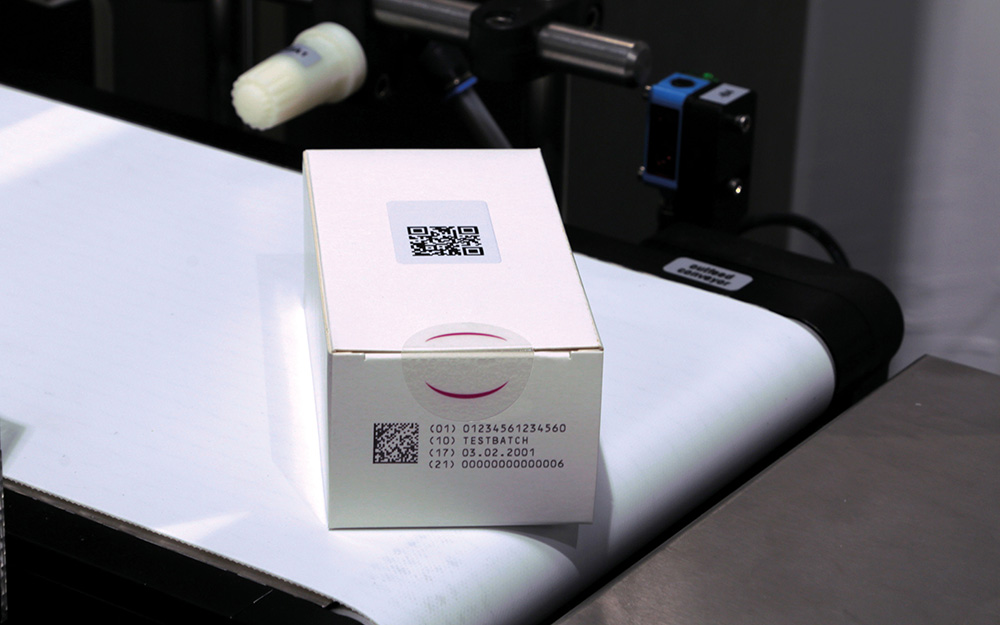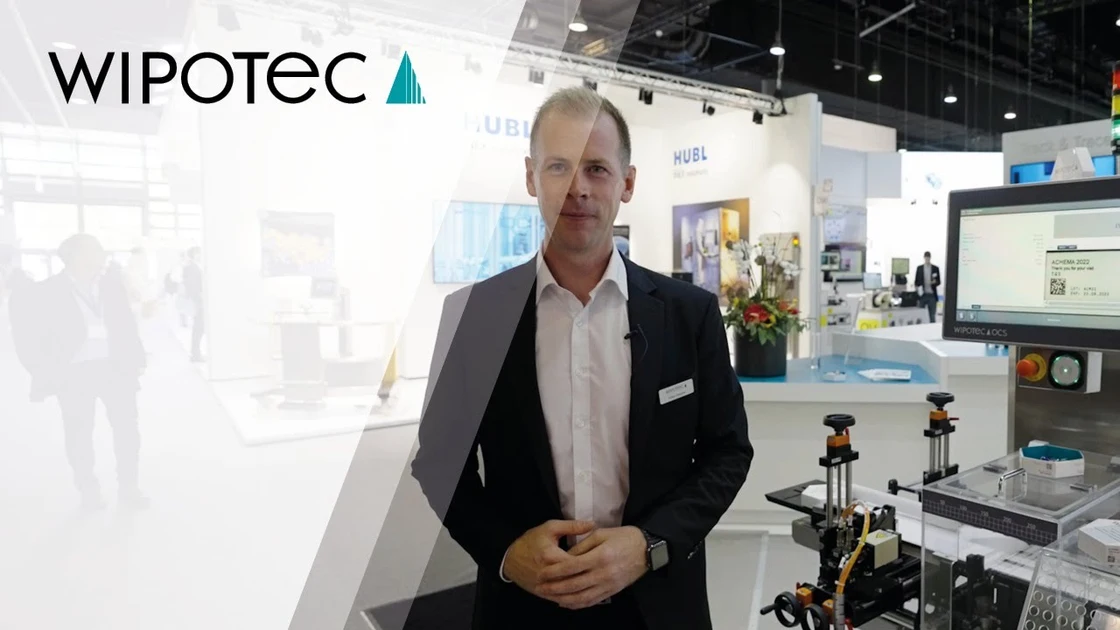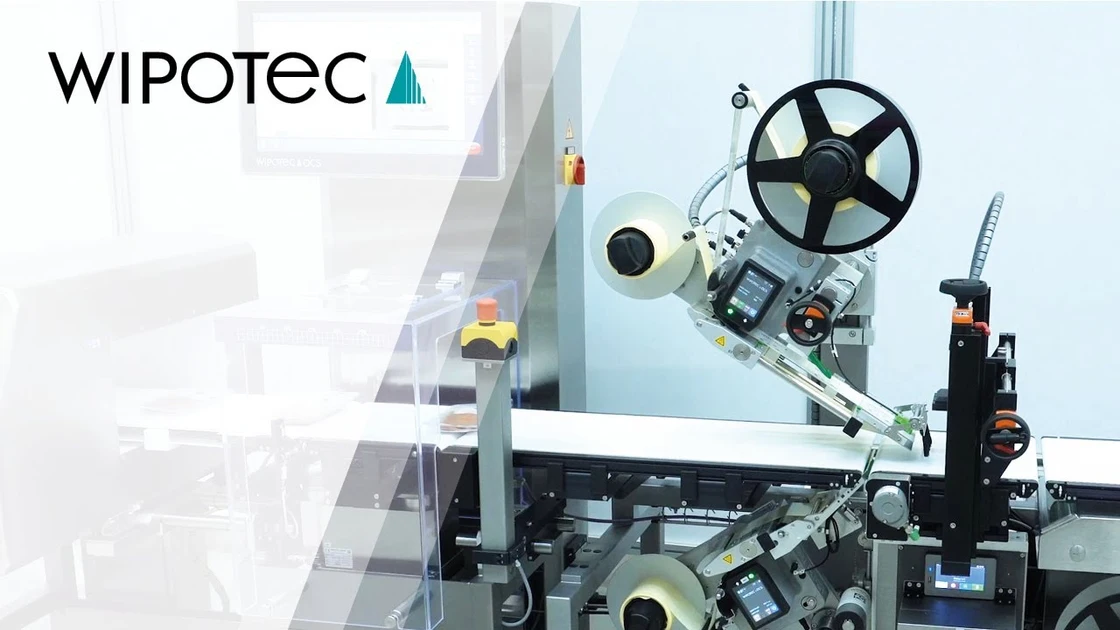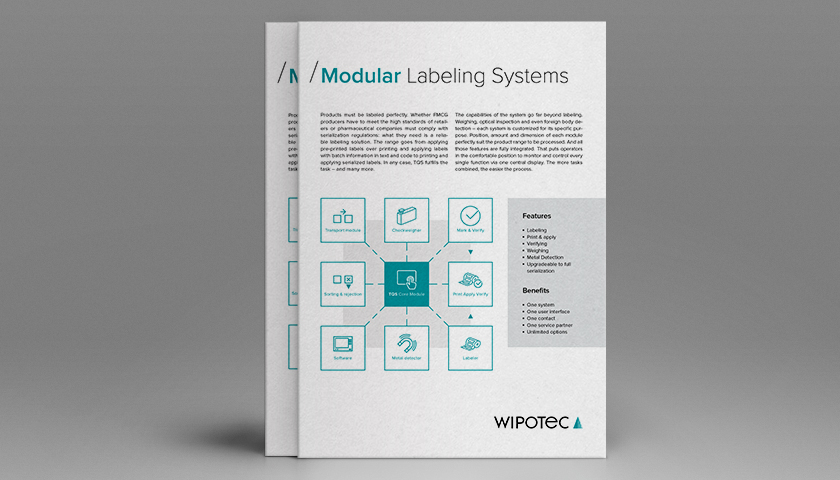Batch coding in packaging lines
Automatic product marking and verification are becoming indispensable in many sectors. In addition to incorporating elements that are readable by humans, practical codes can also be printed on packaging, which opens up entirely new possibilities. The advantages of these codes are evident throughout the supply chain, ranging from the quantity of information that can be stored in a single code, thus saving space, to the exceptional reliability of these data.
When striving for maximum transparency in both production and distribution, 2D codes even have an additional advantage in terms of inventory accuracy, shelf life or consumer protection. This type of dynamic coding also has certain interfaces that clearly associate a product with a specific batch. Unlike static marking, printing of these codes can only take place at the end of the packaging line and requires appropriate systems.
With correct marking, traceability at batch level is guaranteed over the entire product cycle. If the manufacturer subsequently detects a defect affecting more than one item, it is possible to identify the group of products concerned immediately by scanning them and then to take appropriate action. Correct batch coding limits suspected damage and simplifies recall campaigns and communication with all retail partners. However, an application on this scale demands best print quality for every marking.
The Traceable Quality System TQS by Wipotec guarantees reliable batch coding using the right technology for printing and subsequently checks marking immediately after printing.Markings that do not meet your standards are immediately caught by the integrated ejection system. When combined with other modules for labeling or weighing, production is highly automated as a result of this. If you have any questions, please do not hesitate to contact us!Together we will find the best solution for your company.
Demonstration: Batch marking for folding boxes
Homogeneous products that come off the belt under identical conditions often end up together in one lot. Especially when delivering these products, the batch is usually considered to be a fixed unit. Even if this unit no longer exists due to the fact that it has been distributed to different retailers, their products are always identifiable thanks to the coding.
Once it is set up, TQS allows marking of batches simply as part of the system. Choose our entry-level version either as a stand-alone solution or including a kit for integration with existing systems. Printing and layout creation operate intuitively, as demonstrated in the video by Volker Ditscher, who presents the example of a box of chocolates.
In addition, teaching-in is no longer required when using TQS. At Wipotec, we have always applied a holistic approach, so that all modules can communicate with each other without any intermediate steps. The ConfigureFast software transmits new markings immediately to both the printer and the camera. This is one of the greatest advantages of obtaining a complete system from a single source.
Code printing and application
In general, your TQS solution can be equipped with various printing systems. If batch marking is to be done directly on the packaging, the current Thermal Inkjet (TIJ) standard is recommended. The module operates quickly and accurately and allows coding in maximum resolution, which ensures accurate allocation of products further down the line. Depending on the requirements of your production facility, you can also print using a Continuous Inkjet System (CIJ), which is compatible with almost all materials, or use a laser, which is especially suitable for dark surfaces. You remain as flexible as you need to be thanks to the modular properties of TQS.
Modular labeling systems
Alternatively, you can, of course, also integrate a labeling system in your line. Here, a thermal transfer printer takes over marking in the usual quality. The TQS module prints batch codes and other data on labels while their verification takes place either before or after automatic application on the product, depending on the application. Using the central user interface, operators can easily input any changes using the touchscreen. Whether you use a labeler or cartridge printer, the result is perfect: Coding allows accurate traceability at batch level.
Batch coding and serialization
The scope of product labeling depends on the product in question and the applicable regulations of the respective sales market. Future-proof planning therefore always takes ongoing developments into account. In sectors where text-only printing is sufficient today, it may be replaced by 2D codes as the standard tomorrow. In parallel, various countries are examining extensive serialization obligations for retail sector goods, which will affect a wide range of products from food to cosmetics.
The codes used here follow the same basic principle, except that serialization projects go one step further: While batch coding remains the same for all elements of the batch, serialized items always receive a dedicated marking. The requirement to identify the individual product is thus fulfilled. Manufacturers who plan ahead now rely on a flexible system at the end of the packaging line to meet these targets.

Your TQS solution can do both, first marking at batch level and then serialization if required, and depends entirely on the desired application. State-of-the-art printing equipment applies the codes to the packaging or the corresponding labels. Non-prescription medicines, for example, are treated like food and labeled with expiry dates and batch identification. However, in the case of other pharmaceutical products, there is a strict serialization obligation. Regardless of which configuration you initially decide on, you can upgrade at any time thanks to the modular structure of TQS. Your company will remain optimally equipped in the future.



